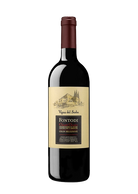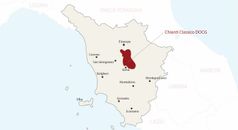Wine from Chianti Classico DOCG
Chianti Classico is in the true traditional Chianti region, established as a wine-growing area in 1716 by Grand Duke Cosimo III and located along the valleys between Florence and Siena, represented by the Gallo Nero historical symbol. In this region, where production of Chianti DOCG is not allowed, producers have been aiming for a more elegant and structured wine, sometimes brushing against the opulence of the best Sangioveses in the region.

Villa Antinori Chianti Classico Riserva 2022


Badia a Passignano Chianti Cl. Gran Selezione 2018
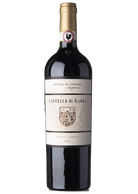
Castello di Radda Ch. Cl. Gr. S. V. Il Corno 2015
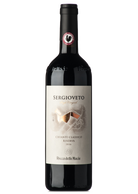
Rocca delle Macìe Chianti Cl. Ris. Sergioveto 2016


Marchese Antinori Chianti Classico Riserva 2021

Grevepesa Chianti Cl. Gran Selezione Bibbione 2013
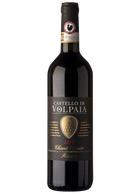
Castello di Volpaia Chianti Classico Riserva 2018
BIO
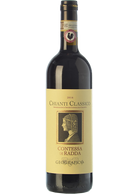

Vecchie Terre di Montefili Chianti Classico 2012
BIO
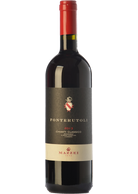
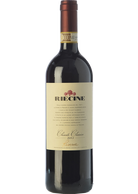
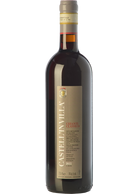

Ricasoli Chianti Cl. Gran Selez. Colledilà 2018
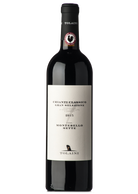
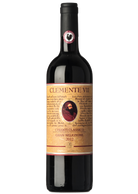
Grevepesa Chianti Cl. Gr. Selez. Clemente VII 2015
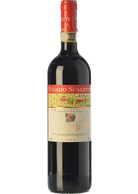
Podere Poggio Scalette Chianti Classico 2019

Dalle Nostre Mani Chianti Classico Centouno 2016
BIO
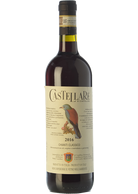

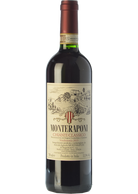
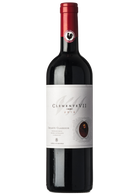
Grevepesa Chianti Classico Clemente VII 2018
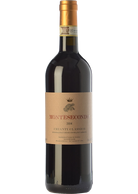
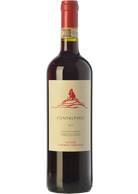

Grevepesa Chianti Cl. Castelgreve in Fiasco 2016 (0.5 L)

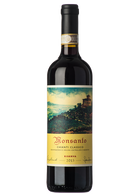
Castello di Monsanto Chianti Classico Riserva 2020
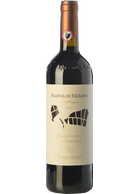
Rocca delle Macìe Chianti Cl. Ris. di Fizzano 2014
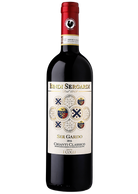
Bindi Sergardi I Colli Chianti Cl. Ser Gardo 2021
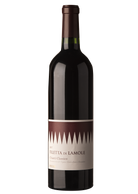
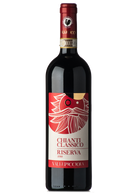
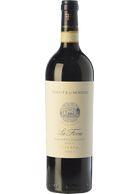
Tenuta di Nozzole Chianti Cl. Ris. La Forra 2013
Chianti Classico DOCG
Chianti Classico is in the true traditional Chianti region, established as a wine-growing area in 1716 by Grand Duke Cosimo III and located along the valleys between Florence and Siena, represented by the Gallo Nero historical symbol. In this region, where production of Chianti DOCG is not allowed, producers have been aiming for a more elegant and structured wine, sometimes brushing against the opulence of the best Sangioveses in the region.
Indeed, Sangiovese, of at least 80% but increasingly often single variety, is the decisive backbone of this denomination, the true unifying element of terroirs as diverse in climate and soil as Castelnuovo Berardenga, Castellina, Radda, Gaiole and Greve.
More structured, broad, complex, tannic but also softer and more caressing than Chianti, Chianti Classico is aged in the cellar for a minimum of one year, more and more often and for longer and longer in wood. Above all, it boasts a limitation of yields in the vineyard to 7.5 t/ha, an amount that certifies its quality. Jammy, spicy, now often toasted and even ethereal, Chianti Classico is typically fresh and savoury on the palate, with a bitterish persistence, to the point that it requires at least 5 years before reaching full maturity.
Of extraordinary potential, one can distinguish the Riserva type, with a minimum of two years of ageing in the cellar, and the Gran Selezione, with ageing of no less than thirty months and a particularly careful selection of grapes.

